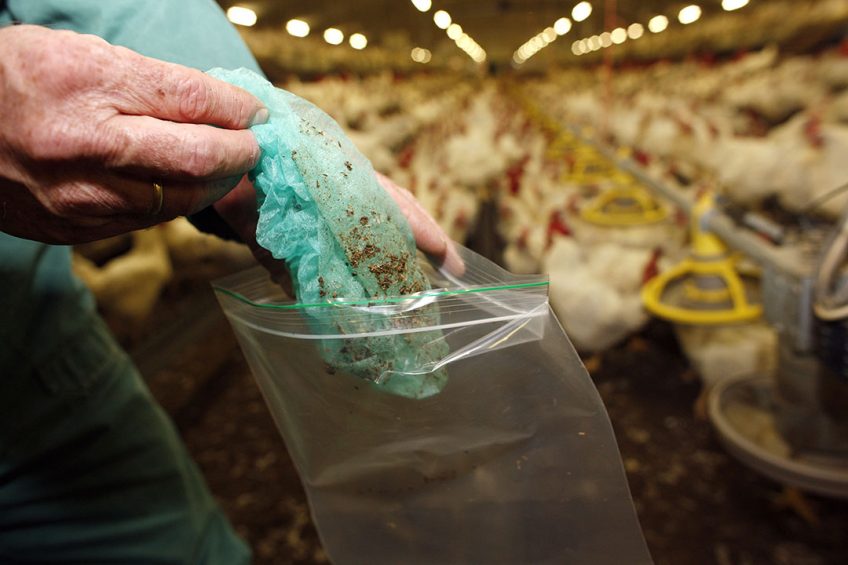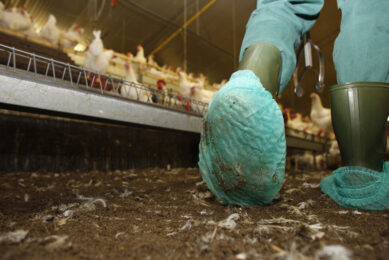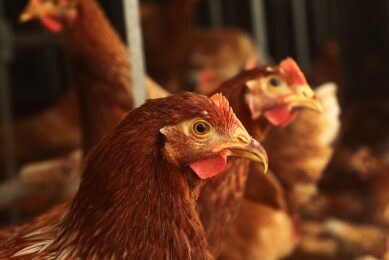Campylobacter cases in humans rise in Sweden

Human cases of campylobacter have risen sharply in Sweden in the past few weeks, coinciding with an increase in the disease in broiler flocks, according to the nation’s public health agency (Folkhalsomyndigheten).
Cases in humans across the country have risen from around 80 in early July to 161 in the 2nd week of August, with most counties with large populations seeing increases.
Rikard Dryselius, a microbiologist at Folkhalsomyndigheten, told Food Safety News: “We do not know yet whether it is an outbreak or not. The information we have is a sudden increase in the number of human cases that, according to the Swedish National Veterinary Institute (SVA), follows a sudden increase among large broiler flocks. Typing is underway and comparisons will be performed.”
Possible connection with Covid-19
While campylobacter infection is more common in the summer, the increase has come following a period when cases have been very low in both humans and broilers during the first half of the year. The public health agency believes this could be down to the Covid-19 pandemic, as similar patterns have also been observed for other diseases.
 Chicken study probes resistance to Campylobacter
Chicken study probes resistance to Campylobacter
Transplanting gut microbes from chickens that are relatively resistant to Campylobacter bacteria into chickens that are susceptible does not improve resistance, a study by has shown.
Research: Links to chicken meat
An additional explanation could also be the low level in broilers, according to statistics from the SVA. Over the past 3 years, researchers have compared campylobacter from fresh chicken bought in stores during the summer and human cases. Evidence suggests that a third of cases could be linked to poultry meat and the majority to Swedish conventionally bred chicken.
 Tackling Campylobacter jejuni is difficult
Tackling Campylobacter jejuni is difficult
Belgian research looked into the possibility of in ovo vaccination of broilers against Campylobacter jejuni using a bacterin and subunit vaccine. Sufficient protection was not found.
Infections likely to rise due to climate change
More than 10,600 cases of campylobacteriosis were reported in 2017 in Sweden and a further 8,100 in 2018. Most were considered sporadic but in the past few years, several large outbreaks linked to domestic poultry have occurred. In 2016 and 2017, the country had a large outbreak caused by Swedish chicken with an estimated 5,000 more cases reported between April 2016 and May 2017 than normal. And evidence suggests that campylobacter infections in northern Europe are likely to rise due to climate change in future years. Research published in Nature this month suggests that incidences of campylobacter are likely to double in Sweden, Denmark, Finland and Norway by the end of the 2080s.
 New Zealand targets 20% decline in Campylobacter by 2025
New Zealand targets 20% decline in Campylobacter by 2025
This goal was informed by a study commissioned by New Zealand Food Safety that found more than 80% of cases are likely due to consumption of poultry.
The study, led by Katrin Gaardbo Kuhn, Professor of Infectious Disease Epidemiology and Prevention, Copenhagen, Denmark, shows that cases are closely linked to increases in temperature and especially precipitation in the week before illness. Up to 6,000 extra cases per year caused purely by climate change are likely to occur.













